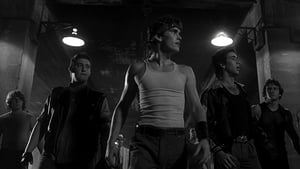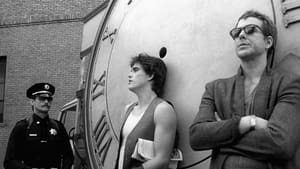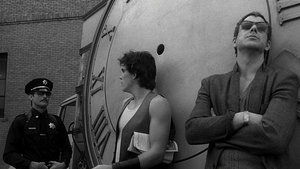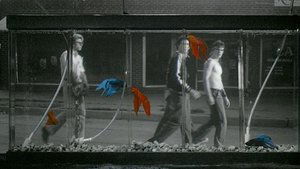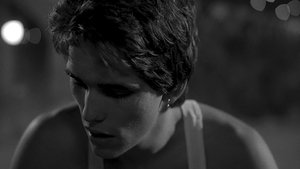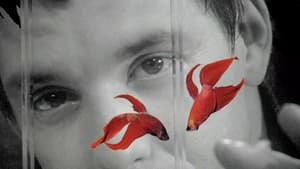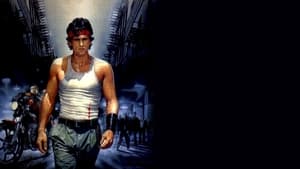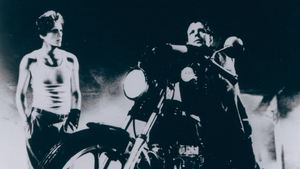Video Sources 0 Views
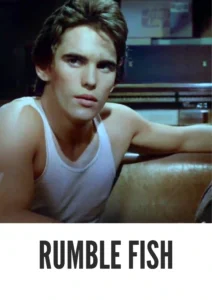
Synopsis

Dive into the visually stunning and emotionally resonant world of Rumble Fish, Francis Ford Coppola’s 1983 drama, now beautifully colorized to add a new layer to its already striking aesthetic. Starring Matt Dillon and Mickey Rourke, this film explores themes of brotherhood, identity, and disillusionment against the backdrop of a gritty, working-class neighborhood. Perfect for cinephiles and those seeking a thought-provoking cinematic experience, this HD download offers a fresh perspective on a cult classic.
Rumble Fish tells the story of Rusty James (Matt Dillon), a restless and impulsive young man living in Tulsa, Oklahoma. He idolizes his older brother, the Motorcycle Boy (Mickey Rourke), a former gang leader whose legendary status looms large over Rusty James’s life. The Motorcycle Boy, now disillusioned with the gang lifestyle, returns after a long absence, stirring up old conflicts and forcing Rusty James to confront his own identity and aspirations.
As Rusty James navigates the complexities of his relationships and the dangers of his surroundings, he grapples with the challenges of living up to his brother’s reputation while forging his own path. The film delves into the psychological complexities of its characters, exploring themes of family, loyalty, and the search for meaning in a harsh and unforgiving world. The narrative unfolds through a series of striking visual sequences and evocative dialogue, creating a haunting and poetic portrait of adolescence and self-discovery.
The film features a stellar ensemble cast, each delivering compelling performances:
-
Matt Dillon as Rusty James
-
Mickey Rourke as The Motorcycle Boy
-
Diane Lane as Patty
-
Dennis Hopper as Father
-
Diana Scarwid as Cassandra
-
Vincent Spano as Steve
-
Nicolas Cage as Smokey
-
Chris Penn as B.J. Jackson
-
Laurence Fishburne as Midget
Rumble Fish is a coming-of-age drama with strong arthouse elements, known for its distinctive visual style and its exploration of complex themes.
Released in 1983, Rumble Fish reflects Francis Ford Coppola’s experimental approach to filmmaking during the 1980s. Shot in stark black and white with occasional bursts of color, the film draws inspiration from German Expressionism and French New Wave cinema. Rumble Fish, along with The Outsiders, showcased a shift towards more personal and visually driven storytelling. Its themes of alienation and disillusionment resonated with audiences, solidifying its place as a cult classic and a significant work in Coppola’s filmography.
This colorized version of Rumble Fish has been meticulously restored using advanced digital techniques, enhancing the visual impact while retaining the film’s original artistic integrity. The colorization process involved careful analysis of the grayscale tones in the original black and white footage, with consideration given to the film’s symbolic use of color (specifically the rumble fish themselves). This painstaking process adds a new dimension to the film’s visual landscape, inviting viewers to experience its story in a fresh and immersive way.
-
: Francis Ford Coppola
-
: S.E. Hinton, Francis Ford Coppola
-
: Stephen H. Burum
-
: Barry Malkin
-
: Zoetrope Studios
-
: Universal Pictures
-
: 94 minutes
-
: MP4
-
: HD (1080p)
-
: Compatible with most devices, including smartphones, tablets, computers, and smart TVs.
Rumble Fish (1983) has garnered praise for its striking visuals, its evocative atmosphere, and its exploration of complex themes. It remains a cult classic, celebrated for its unique artistic vision and its enduring impact on independent cinema.
-
: What is Rumble Fish about?
-
A: Rumble Fish is a coming-of-age drama about two brothers and their struggles with identity, loyalty, and disillusionment in a gritty, working-class town.
-
-
: Is Rumble Fish (1983) a well-known film?
-
A: While not a mainstream blockbuster, Rumble Fish has gained a significant cult following over the years and is considered a key work in Francis Ford Coppola’s filmography.
-
-
: Is this version of Rumble Fish colorized?
-
A: Yes, this version has been professionally colorized to enhance the viewing experience while remaining true to the film’s artistic vision.
-
-
: What makes Rumble Fish interesting for classic film fans?
-
A: Rumble Fish offers a unique blend of artistic experimentation, compelling performances, and thought-provoking themes, making it a must-see for fans of independent and arthouse cinema.
-
-
: What is the download format?
-
A: The download format is MP4, which is compatible with most devices.
-
-
: What resolution is the download?
-
A: The resolution is HD (1080p), providing a high-quality viewing experience.
-
Watch Rumble Fish Today!
